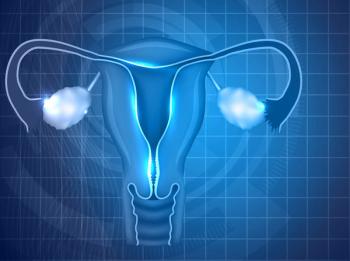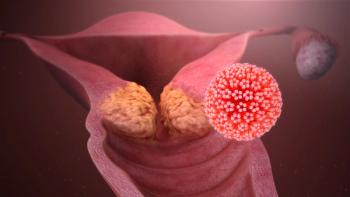
Oncology NEWS International
- Oncology NEWS International Vol 9 No 4
- Volume 9
- Issue 4
Clinton Seeks $220 Million for Poor Women
WASHINGTON-President Clinton has proposed spending $220 million over 5 years to pay for the treatment of women diagnosed in the federally supported National Breast and Cervical Cancer Early Detection Program.
WASHINGTONPresident Clinton has proposed spending $220 million over 5 years to pay for the treatment of women diagnosed in the federally supported National Breast and Cervical Cancer Early Detection Program.
Mr. Clinton included the money in his proposed budget for fiscal year 2001 and urged Congress to enact the legislation necessary to create a new Medicaid option that would enable states to provide low-income, uninsured women with treatment for breast and cervical cancer.
The early breast and cervical cancer detection program now covers 360,000 women nationwide. However, once a diagnosis is made, there is no formal program to ensure a woman will receive prompt, comprehensive treatment, although federally sponsored screening programs try to obtain some therapy for such patients.
Too often, uninsured women face a patchwork of care, inadequate care, or no care at all, Mr. Clinton said in one of his weekly radio addresses, in which he announced the initiative. Many are denied new or better forms of treatment, or wait months to see a doctor.
According to a White House statement, women who are uninsured are 40% more likely to die from breast cancer than those with insurance. Finding treatment for these women diverts scarce resources from screening activities.
The proposed new Medicaid option would enable states, if they choose, to:
Provide the full Medicaid benefit package to low-income, uninsured women diagnosed with breast and cervical cancer through the federal detection program.
Ensure access to treatment without delay. States would also have the option to allow health care providers and other qualified entities to provide critical health care services to women pending official enrollment in Medicaid, the White House statement said.
Increase the amount actually spent on breast and cervical cancer screening. Some states currently supplement the federal funds they receive with state money for the treatment of the two diseases.
Articles in this issue
over 25 years ago
NCCN Physicians Get an ‘A’ for Guidelines Concordanceover 25 years ago
Marketing Prostate Cancer Screening Services to Womenover 25 years ago
Physicians Bring End-of-Life Program Back to Communitiesover 25 years ago
Radiolabeled Tositumomab for Transformed Low-Grade NHLover 25 years ago
Topotecan Doses Individualized in Neuroblastomaover 25 years ago
Encouraging Results for Gene Therapy in CLLover 25 years ago
New Approach for Early Cancer Detection in Barrett’s Esophagusover 25 years ago
Number of US Cancer Deaths Remained Steady in 1997over 25 years ago
Director Tells How NCI Will Spend Budget Increasesover 25 years ago
IOM Report on Minority Research Praises NCI EffortsNewsletter
Stay up to date on recent advances in the multidisciplinary approach to cancer.

















































































